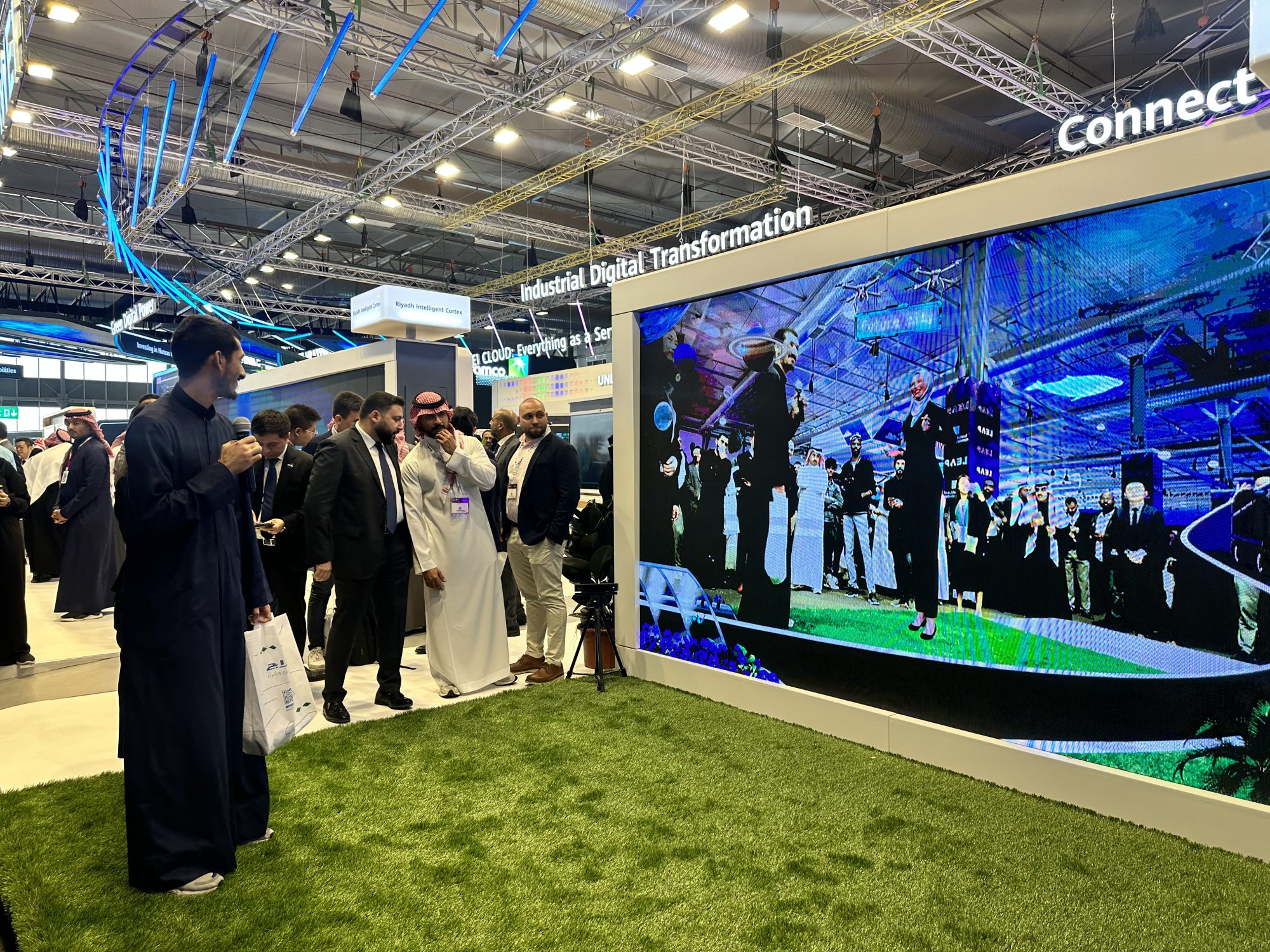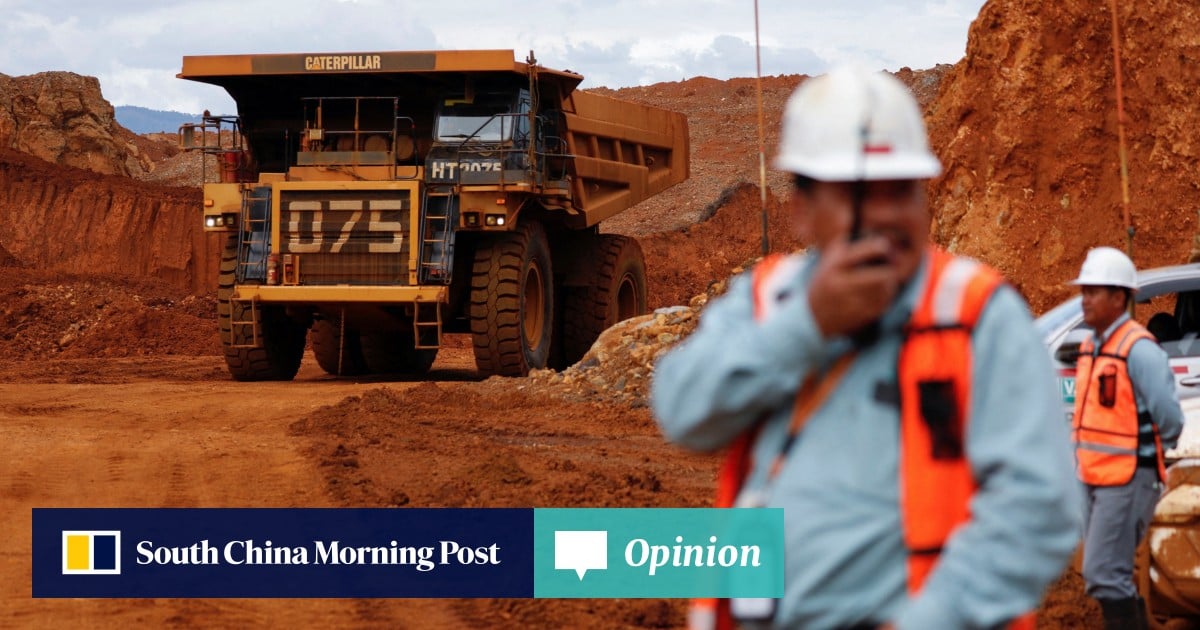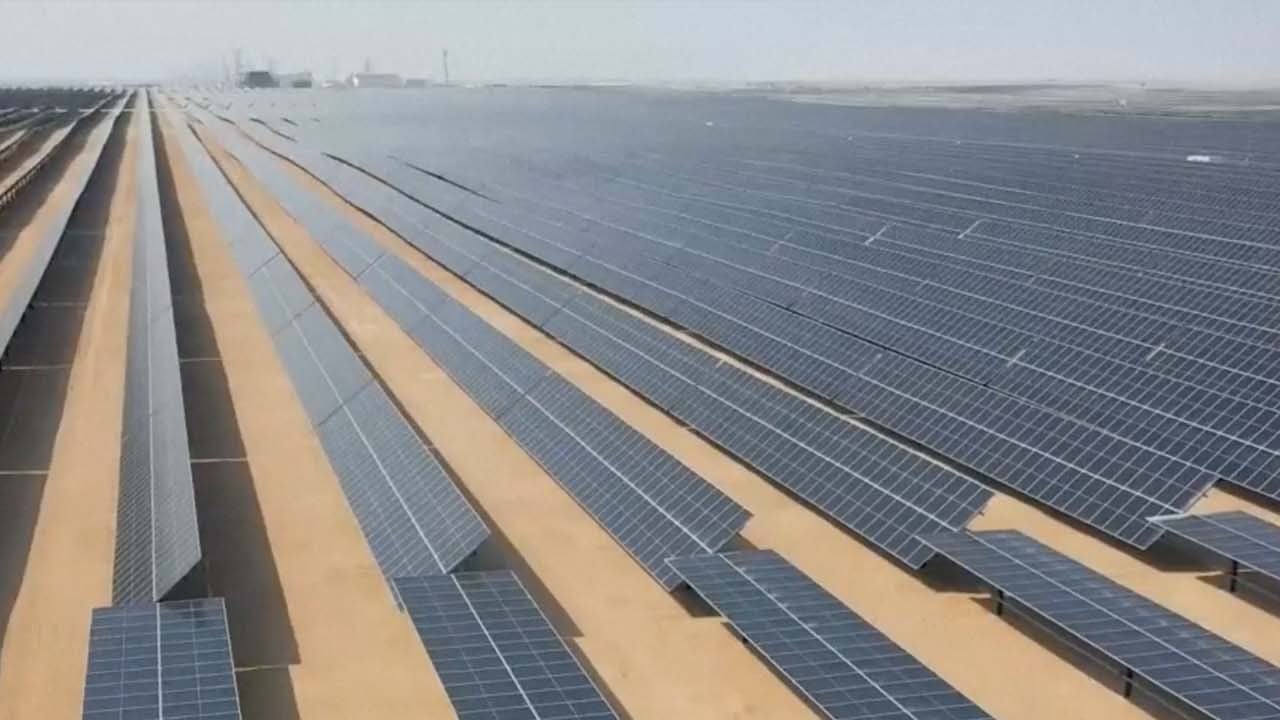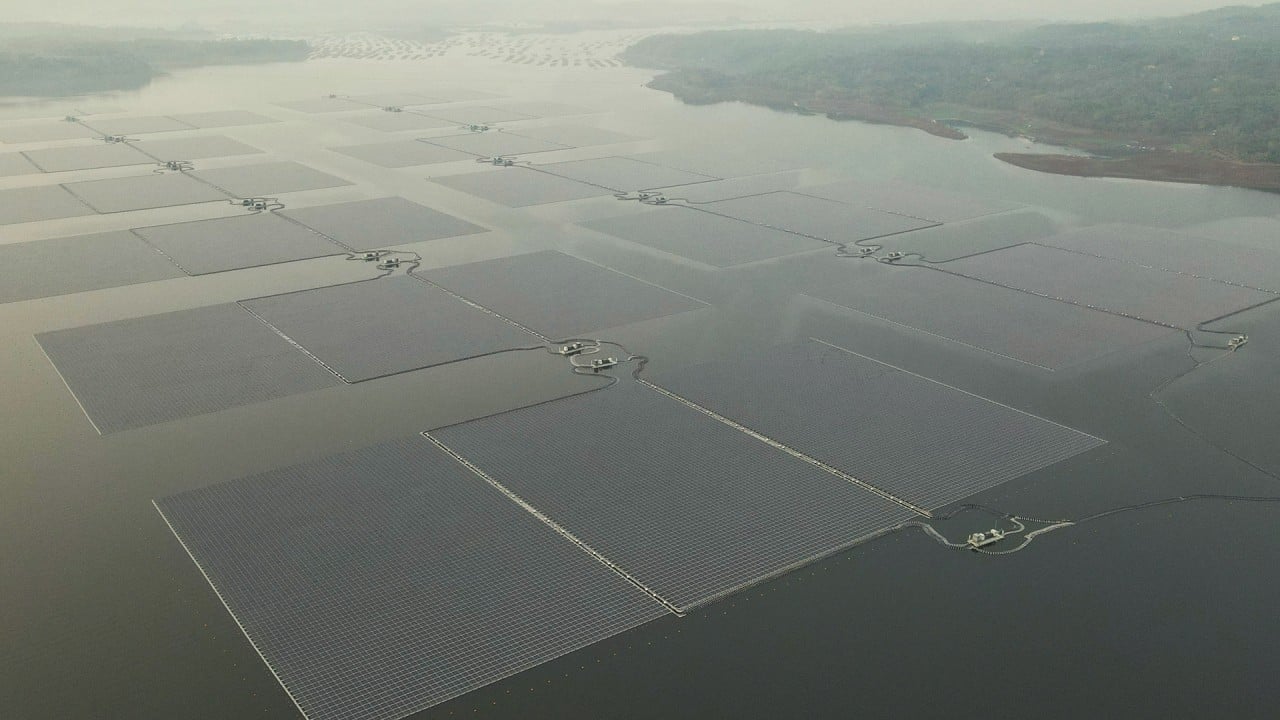These include investments in and sharing expertise on renewable energy sectors such as solar and wind power, climate-friendly transport and green technology industries for mining, processing and manufacturing of minerals for electric vehicle batteries, solar photovoltaics and wind turbines.
In 2021, China announced it would end the financing for the construction of coal-fired power plants, in part because of the environmental hazards and associated reputational costs. Cost efficiencies, the availability of green technologies and the need to fill the gap in some minerals critical to the green transition also drove this change.
This policy transformation has led to Beijing’s investments and expertise-sharing in clean energy technologies in Southeast Asia, the Middle East and Africa. The Belt and Road Initiative has laid the foundation of strong economic and technological engagement, with agriculture and mining representing the fastest-growing sectors of the initiative by 2023.
In Southeast Asia in particular, the initiative and the Regional Comprehensive Economic Partnership have paved the way for increased levels of tariff-free bilateral trade. Spurred on by these economic links, China has helped Southeast Asian countries develop green energy technologies and industrial supply chains.
China’s investments and cooperation have helped Indonesia transform itself from being an exporter of raw nickel to the largest refined nickel-producing country, leading to an increase in nickel exports from US$6 billion in 2013 to US$30 billion in 2022. Moreover, Chinese battery manufacturer CATL has committed to investing about US$6 billion in a complete electric vehicle battery supply chain in Indonesia.
Chinese carmaker BYD, one of the largest investors in Southeast Asia, is building a car assembly plant in Thailand, expanding showrooms in Malaysia and planning investments in other regional countries. Chinese solar panel and energy storage manufacturers are also planning investments in Vietnam.
Meanwhile, in the renewable energy sector, nine Chinese companies have pledged more than US$13.5 billion of investment in the Philippines’ green energy sector. Chinese solar panel manufacturers are also partnering with Southeast Asian nations such as Malaysia and Indonesia to produce solar power farms and production lines for solar panels and energy storage.
In comparison to China’s climate pledges, the Group of 7 nations have joined multilateral banks and private lenders to pledge more than US$35 billion towards Just Energy Transition Partnership projects in Indonesia and Vietnam with the aim of helping them phase out coal and adopt renewable energy. However, Washington has also imposed tariffs on solar panel imports finished in some Southeast Asian nations by Chinese manufacturers hoping to dodge US import duties.
The Middle East is another part of the world where Chinese investments are under scrutiny from the West. China’s relationship with regional countries follows a similar logic to those in Southeast Asia, but here it revolves around China’s energy imports rather than Belt and Road Initiative investments. Trade between China and Arab states reached US$431.4 billion last year, up from US$222.4 billion a decade ago.
Why China prefers diplomacy to military pressure in the Middle East
Why China prefers diplomacy to military pressure in the Middle East
Arab countries see China’s value to them as extending beyond their green energy transition. Beijing’s technology-sharing and investment has expanded from solar modules and wind turbines to 5G communication networks, artificial intelligence (AI) and beyond. Huawei has helped 14 telecoms operators in Arab countries deploy 5G networks since 2018.
At the same time, the US government and private firms are starting to show concern over selling advanced AI chips to Middle East-based companies given China’s presence in the region. In December, Abu Dhabi-based AI firm G42 said it would cut ties with Chinese suppliers to retain access to US-made chips after US officials expressed concern about its links with Huawei and China.

Much like their Southeast Asian counterparts, though, Middle Eastern countries appreciate China as a partner which has fewer strings attached when offering expertise and investment. Pressure on these countries to reconsider their cooperation with China on advanced technologies is likely to keep growing, but it is unlikely that they would agree to fully part ways with China given Beijing’s guidance in their technological transformation, green energy transition and missile and civil nuclear technology.
To navigate these challenges, China should concentrate on areas where it holds a competitive advantage over the US. This entails bolstering internal security and stability in Middle Eastern nations through initiatives such as cooperation on policing and smart city projects. Moreover, China can offer valuable technological expertise across various sectors such as mining, manufacturing, energy and military hardware.
Given that it is already engaged in cooperative efforts with Arab countries in these areas, China simply needs to intensify these initiatives to outshine the US and incentivise regional nations to maintain a balanced relationship between the two major powers. This strategy not only safeguards China’s interests but also makes it more costly for regional actors to try to sideline Beijing.
Asma Khalid is an independent researcher and former visiting fellow at the Stimson Centre
Denial of responsibility! Chronicles Live is an automatic aggregator of the all world’s media. In each content, the hyperlink to the primary source is specified. All trademarks belong to their rightful owners, all materials to their authors. If you are the owner of the content and do not want us to publish your materials, please contact us by email – chronicleslive.com. The content will be deleted within 24 hours.



